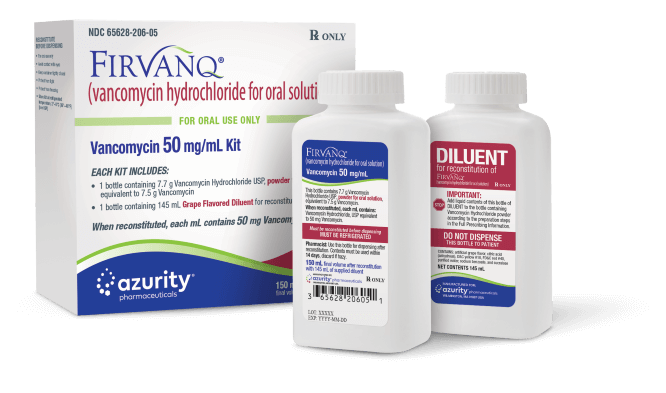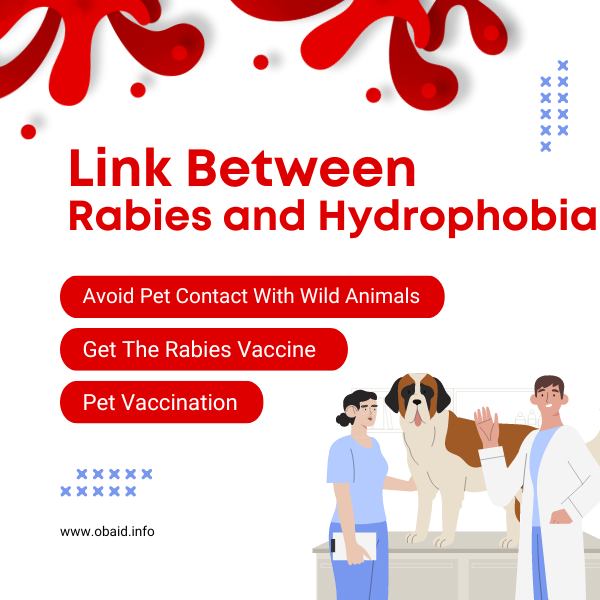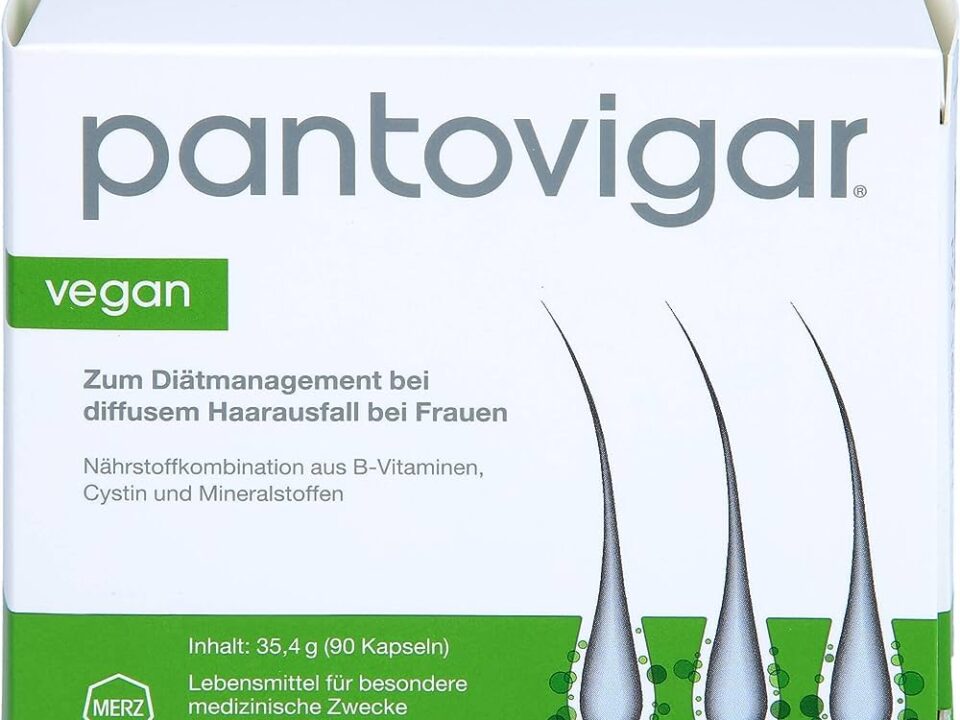
Micronutrients: Micro in Amount Macro Impact.
March 11, 2022
Double Check VASOPRESSORS Independently
March 23, 2022Importance of nutrition treatment in ICU
The lipid component of parenteral nutrition should contain a balance of fatty acids. While they are essential for membrane structure, they are also precursors of important lipid mediators. Although optimal fatty acid balance is still not defined, the emulsion should provide fatty acids with desirable biological activities and avoid providing them with excessive amounts of unfavorable characteristics. The emulsion should also provide the correct amount of omega-3 fatty acids without adding unnecessary or undesirable metabolites. In this way, a nutrient-rich lipid would improve the health of the patient.
Critical Illness
- Catabolism
- Anabolic resistance
- Mitochondrial dysfunction
- Insulin resistance
ICU Acquired Weakness
- Skeletal muscle loss
- Strength/function loss
- Cognitive function loss
- Mental disorder
The management of patients in ICU has many aspects. In these patients, there is an increased catabolism, anabolic resistance and mitochondrial dysfunction. Among treatments modalities, nutrition is a major role and lipids are an important and concentrated source of energy.
Are all lipid emulsions the same?
The answer is definitely NO.
Although all lipids yield the same amount of energy, they have different effects on inflammation, immunity, the lipid peroxidation, liver dysfunction and finally, on patient outcome.
What is a lipid?
- Important source of energy
- Provide structural and metabolically functional components of biological membranes.
- A triglyceride consists of 3 fatty acid molecules bonded to a glycerol molecule

Fatty acid classification: Degree of saturation
- Saturated – Stearic Acid
- Monounsaturated – Oleic Acid
- Polyunsaturated – Linoleic Acid
Fatty acids are divided into three main groups. Saturated fatty acids have no double bonds in carbon chain as an example stearic acid.
Monounsaturated fatty acids have one double bond in carbon chain, a typical example is oleic acid or olive oil.
And finally, polyunsaturated fatty acids have two or more double bonds in carbon chain, as an example, linoleic acid, which has two double bonds.
Essential fatty acids (EFAS)
- Essential fatty acids cannot be manufactured in the body and must, therefore, come from our diet
- Linoleic acid and a-linolenic acid are considered indispensable EFAs in humans
Lipids and oxidative stress

An important phenomenon in the ICU patient is oxidative stress and lipid peroxidation. Oxidative stress occurs when there is an imbalance between reactive oxygen species production and antioxidant systems
Oxidative stress can be secondary to many pathologies, including infection and SIRS. The generation of free radicals result in damage to lipids, proteins and DNA.
Oleic acid
Oleic acid has only one double bond and this makes it less prone to lipid peroxidation. In addition to that, metabolism of oleic acid does not produce eicosanoids and this renders oleic acid to be inflammatory neutral.
Summary of the basic characteristics of lipids
Let me summarize some of the basic characteristics of lipids. Soybean oil is a good source for essential fatty acids and it has pro inflammatory effects. medium chain triglycerides or MCTs are less pro inflammatory and they can be easily oxidized. Olive oil is immune neutral and resistant to lipid peroxidation. And finally, fish oil has anti inflammatory properties.

Case study
This is a nice study coming from China, which was performed in over 450 patients. The patients are divided into two groups. One group received olive oil based parenteral nutrition and the other group received so in oil based around nutrition. The results of this randomized study showed that olive oil based parenteral nutrition group was associated with significantly fewer infections when compared to soybean oil based group.

Omega-3 fatty acid (fish oil) enriched parenteral nutrition in ICU patients

A recent meta analysis with omega three fatty acid enriched parenteral nutrition in ICU patients. This meta analysis included 24 randomized control trials, and over 1400 patients.
The authors compared the clinical outcomes of fish oil and standard parenteral nutrition group. This analysis demonstrates that fish oil or omega three fatty acids containing parenteral nutrition is associated with statistically and clinically significant improvement in patient outcomes.
When you look at this meta analysis in detail, infection rates in ICU patients decreased significantly, favoring omega three fatty acids and length of ICU stay was reduced about two days favoring again fish oils.
Major Guideline Recommendations
2018 ASPEN Guidelines
Suggests withholding or limiting soybean-based IV Lipid Emulsion during the first week following initiation of PN in the critically ill patient
Suggests that immune-modulating formulas not be used routinely in patients with severe sepsis.
2019 ESPEN Guidelines
The administration of intravenous lipid emulsions should be generally a part of PN.
High doses of omega-3 enriched enteral formulas should not be given on a routine basis.
Conclusions
All lipids are not same and the major difference of lipid solutions is their effect on immune system.
In the critically ill patients, soybean based IV Lipid Emulsion may interfere with immune function and may have deleterious effects.
Fish oil has anti-inflammatory properties which may be advantageous or disadvantageous depending on the condition of the patient.
Immunological/inflammatory neutrality and limitation of lipid peroxidation are the major advantages of olive oil based IV Lipid Emulsion.
References
- Inoue S, Hatakeyama J, Kondo Y, Hifumi T, Sakuramoto H, Kawasaki T, Taito S, Nakamura K, Unoki T, Kawai Y, Kenmotsu Y, Saito M, Yamakawa K, Nishida O. Post-intensive care syndrome: its pathophysiology, prevention, and future directions. Acute Med Surg. 2019 Apr 25;6(3):233-246. doi: 10.1002/ams2.415. PMID: 31304024; PMCID: PMC6603316.
- Calder PC, Adolph M, Deutz NE, Grau T, Innes JK, Klek S, Lev S, Mayer K, Michael-Titus AT, Pradelli L, Puder M, Vlaardingerbroek H, Singer P. Lipids in the intensive care unit: Recommendations from the ESPEN Expert Group. Clin Nutr. 2018 Feb;37(1):1-18. doi: 10.1016/j.clnu.2017.08.032. Epub 2017 Sep 7. PMID: 28935438
- Cai W, Calder PC, Cury-Boaventura MF, De Waele E, Jakubowski J, Zaloga G. Biological and Clinical Aspects of an Olive Oil-Based Lipid Emulsion-A Review. Nutrients. 2018 Jun 15;10(6):776. doi: 10.3390/nu10060776. PMID: 29914122; PMCID: PMC6024782.
- Wanten GJ, Calder PC. Immune modulation by parenteral lipid emulsions. Am J Clin Nutr. 2007 May;85(5):1171-84. doi: 10.1093/ajcn/85.5.1171. PMID: 17490951.
- Singer P, Blaser AR, Berger MM, Alhazzani W, Calder PC, Casaer MP, Hiesmayr M, Mayer K, Montejo JC, Pichard C, Preiser JC, van Zanten ARH, Oczkowski S, Szczeklik W, Bischoff SC. ESPEN guideline on clinical nutrition in the intensive care unit. Clin Nutr. 2019 Feb;38(1):48-79. doi: 10.1016/j.clnu.2018.08.037. Epub 2018 Sep 29. PMID: 30348463.
- Jia ZY, Yang J, Xia Y, Tong DN, Zaloga GP, Qin HL; OliClinomel N4 Study Group. Safety and efficacy of an olive oil-based triple-chamber bag for parenteral nutrition: a prospective, randomized, multi-center clinical trial in China. Nutr J. 2015 Nov 14;14:119. doi: 10.1186/s12937-015-0100-6. PMID: 26574019; PMCID: PMC4647821.
- Pradelli, L., Klek, S., Mayer, K. et al. Omega-3 fatty acid-containing parenteral nutrition in ICU patients: systematic review with meta-analysis and cost-effectiveness analysis. Crit Care 24, 634 (2020). https://doi.org/10.1186/s13054-020-03356-w
- McClave SA, Taylor BE, Martindale RG, Warren MM, Johnson DR, Braunschweig C, McCarthy MS, Davanos E, Rice TW, Cresci GA, Gervasio JM, Sacks GS, Roberts PR, Compher C; Society of Critical Care Medicine; American Society for Parenteral and Enteral Nutrition. Guidelines for the Provision and Assessment of Nutrition Support Therapy in the Adult Critically Ill Patient: Society of Critical Care Medicine (SCCM) and American Society for Parenteral and Enteral Nutrition (A.S.P.E.N.). JPEN J Parenter Enteral Nutr. 2016 Feb;40(2):159-211. doi: 10.1177/0148607115621863. Erratum in: JPEN J Parenter Enteral Nutr. 2016 Nov;40(8):1200. PMID: 26773077.









